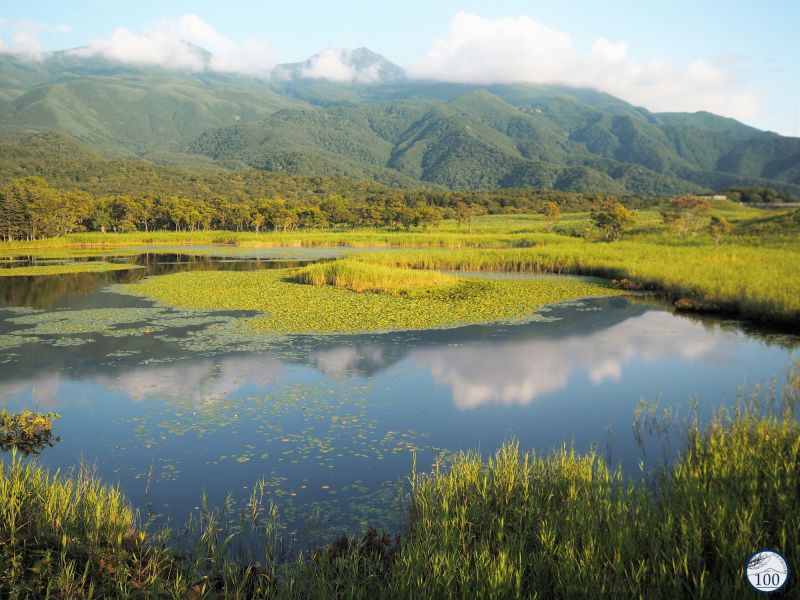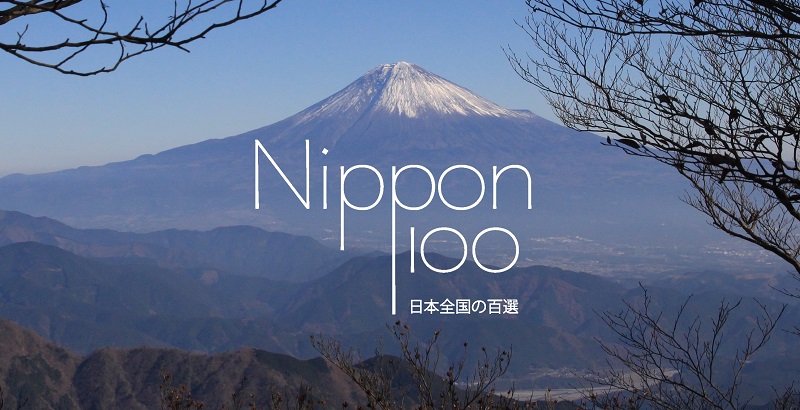Shiretoko National Park, located on the same name peninsula in eastern Hokkaido, is an impressive isolated nature range, home of an unique ecosystem almost untouched by man (and one of the 100 landscapes of Heisei Era). For these reasons, Shiretoko became a World Heritage natural site in 2005. And the remote peninsula, with only about one third of its surface accessible to visitors, also owns one of the largest concentration of brown bears in the world! Wild bears that can be approached by boat...
Bears are everywhere! Once Shari is reached, on the west side of Shiretoko, bears are everywhere to be seen, from tourism promotion advertisements to road signs and prevention warnings. It is clearly written on many places before reaching the peninsulas: bears are not to be fed or approached (even by car), and if one of them is seen while hiking, the best is to retrace one’s steps slowly and without turning one’s back on it.

 |
 |







In Shiretoko, we first headed to the five lakes area, and its beautiful wooden elevated path (preventing the visitors for damaging the fauna, and the bears for encountering them).
We then walked to Fureppe waterfall just before sunset. Bears were seen just the day before, according to the information given by Shiretoko nature centers (see the photo just above). But we only saw two sika deer running away.





 |
 |





But the best way to understand the natural hugeness of Shiretoko is definitely to cruise around its coasts. That’s also the best (and safest) way to finally observe wild brown bears in their natural habitat and without disturbing them.
We sailed with local company Gojiraiwa kanko and were really happy with them. Their boats are not too big, which allows a closer approach towards the coasts and their staff is able to speak English. From Utoro port (where an impressive “godzilla” rock is to be found, explaining the company’s name), they are offering 3 different cruises, one to three hours long. We chose the middle Brown Bear two hours course, whose main goal is to observe the local star (about 5500 yen per person, details and booking about the different cruises in English on their website).
Since year 2000, Gojiraiwa sightseeing offers several seasonal cruises from the two main entrances of Shiretoko, Utoro and Rausu. Whales and sea birds watching ones are organized from May to October from Rausu, while drift ice cruising (and even walking tours!) are available in winter.

 |
 |


 |
 |




Bears were shy at the beginning of the cruise, and the first animals we saw were white-tailed eagles – one of the two species of eagles to be found in Shiretoko. Gojiraiwa staff was keeping an attentive eye on the shore to find if a brown bear was willing to venture there.

 |
 |



After a short while, we finally saw one, eating a freshly-fished salmon. The bear was surrounded by three young white-tailed eagle waiting for the leftovers… After its first meal, it decided to try its chance fishing another one and went swimming for a while!


 |
 |
 |
 |





How to get there?
Shiretoko peninsula is on the eastern side of Hokkaido, the Northern island of Japan. During the touristic periods, from June to the beginning of October and from late January to mid-March, buses are running from the closest airport (Memanbetsu’s one, with direct flights to Tokyo and Osaka). From there, the World Heritage site is 2 hours away (about 3300 yen).
The closest train station is Shiretoko-Shari’s, 40 kilometers West of the park and 40 minutes away from Abashiri (840 yen). Abashiri being 450 kilometers away from Sapporo (about 6h30 by train and 11000 yen). Buses are also running from Shari to Utoro in summer (1 hour, 1650 yen).







